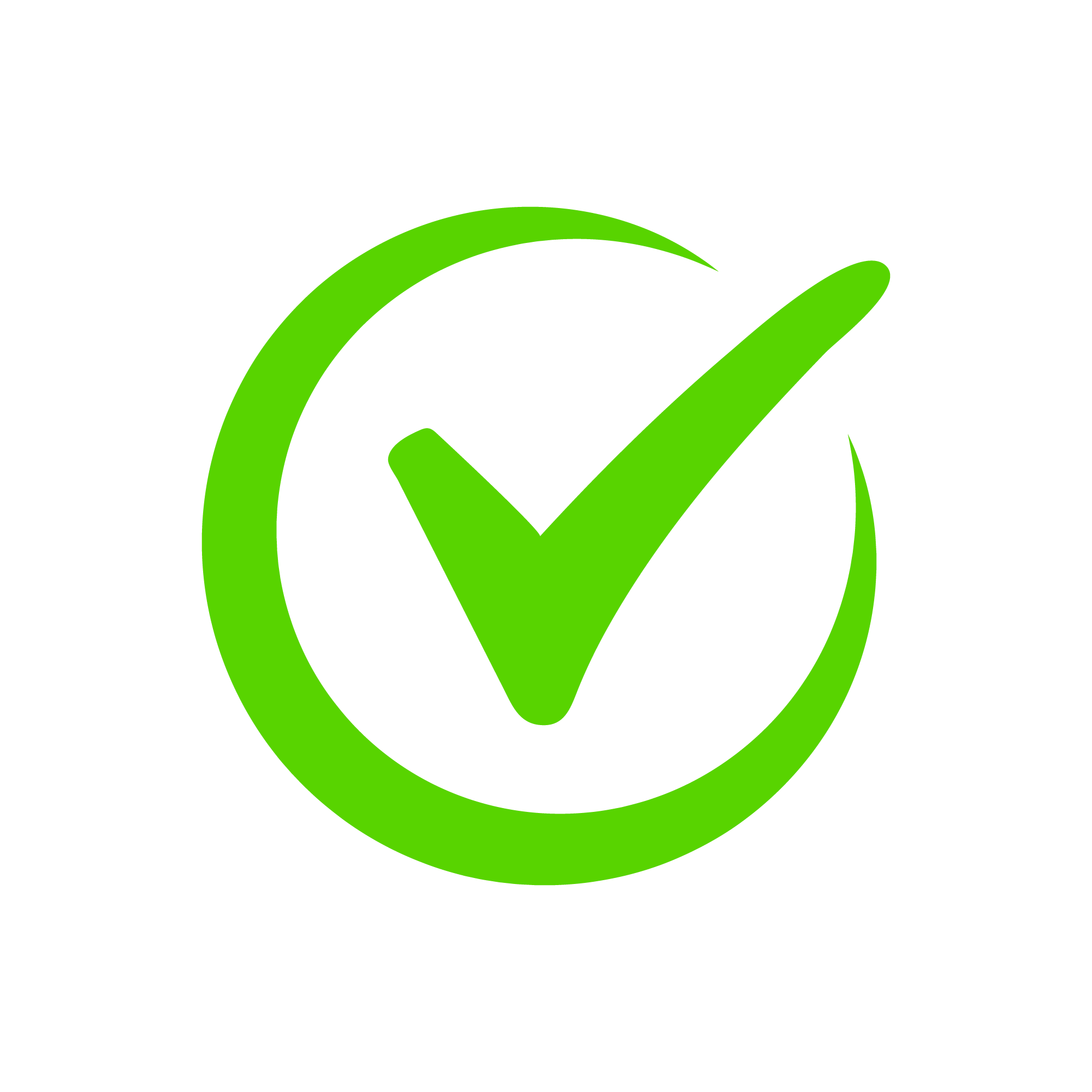

The source of the book
This book was brought from archive.org under a Creative Commons license, or the author or publishing house has agreed to publish the book. If you object to the publication of the book, please contact us.
A Tenda Vermelha
(0)
Author:
Anita DiamantNumber Of Downloads:
46
Number Of Reads:
2
Language:
pt
File Size:
1.80 MB
Category:
ReligionsSection:
Pages:
397
Quality:
good
Views:
728
Quate
Review
Save
Share
Book Description
Na Bíblia, as mulheres ocupam um lugar à sombra, por isso ficamos provados de sua sensibilidade na descrição dos acontecimentos. Numa narrativa envolvente, Anita Diamant resgata esse olhar feminino e dá vida às personagens bíblicas, recriando o ambiente em que viveram, seu cotidiano, suas provações e suas paixões. Filha de Jacó e Lia, Dinah - cuja trajetória é apenas sugerida no Livro do Gênese - é a figura central desta trama, que começa com a historia das quatro esposas de Jacó, q quem ela chama de 'mães': Lia, Raquel, Zilpah e Bilah. O amor delas e o legado que lhe transmitem servem de apoio durante a fase de trabalho duro da juventude, no ofício de parteira e na vida nova em uma terra estrangeira.
Anita Diamant
In my first novel, THE RED TENT, I re-imagined the culture of biblical women as close, sustaining, and strong despite the fact that, in most ways, they were restricted and vulnerable in body, mind, and spirit. My new book, PERIOD. END OF SENTENCE, takes on women's bodies and freedom in an entirely different way.
When the movie, Period. End of Sentence. won an Oscar in 2019, the film's producer and founder of The Pad Project, Melissa Berton, told the audience: "A period should end a sentence, not a girl's education." Inspired by the documentary, I mya collection of essays describes the cultural roots of menstrual injustice and how it erodes self-esteem, limits opportunities and even threatens lives. But the also book celebrates a new generation of activists and innovators working to end period poverty and stigma, and also explores the emerging world of period products, advertising, activism art, and comedy.
When I was a child, the public library on Osborne Terrace in Newark, New Jersey, was one of the first places I was allowed to walk to all by myself. I went every week, and I can still draw a map of the children's room, up a flight of stairs,where the Louisa May Alcott books were arranged to the left as you entered.
Nonfiction, near the middle of the room, was loaded with biographies. I read several about Eleanor and Franklin Roosevelt, Marie Curie, Amelia Earhart, and Helen Keller, with whom I share a birthday.
But by the time I was 11, the children's library was starting to feel confining,so I snuck downstairs to the adult stacks for a copy of The Good Earth. (I had overheard a grown-up conversation about the book and it sounded interesting.)The librarian at the desk glanced at the title and said I wasn't old enough for the novel and furthermore my card only entitled me to take out children's books.
I defended my choice. I said my parents had given me permission, which was only half a fib since my mother and father had never denied me any book. Eventually,the librarian relented and I walked home, triumphant. I had access to the BIG LIBRARY. My world would never be the same.
Read More
Read
Rate Now
1 Stars
2 Stars
3 Stars
4 Stars
5 Stars
Quotes
Top Rated
Latest
Quate
Be the first to leave a quote and earn 10 points
instead of 3
Other books by “Anita Diamant”
Other books like A Tenda Vermelha
Comments
Be the first to leave a comment and earn 5 points
instead of 3